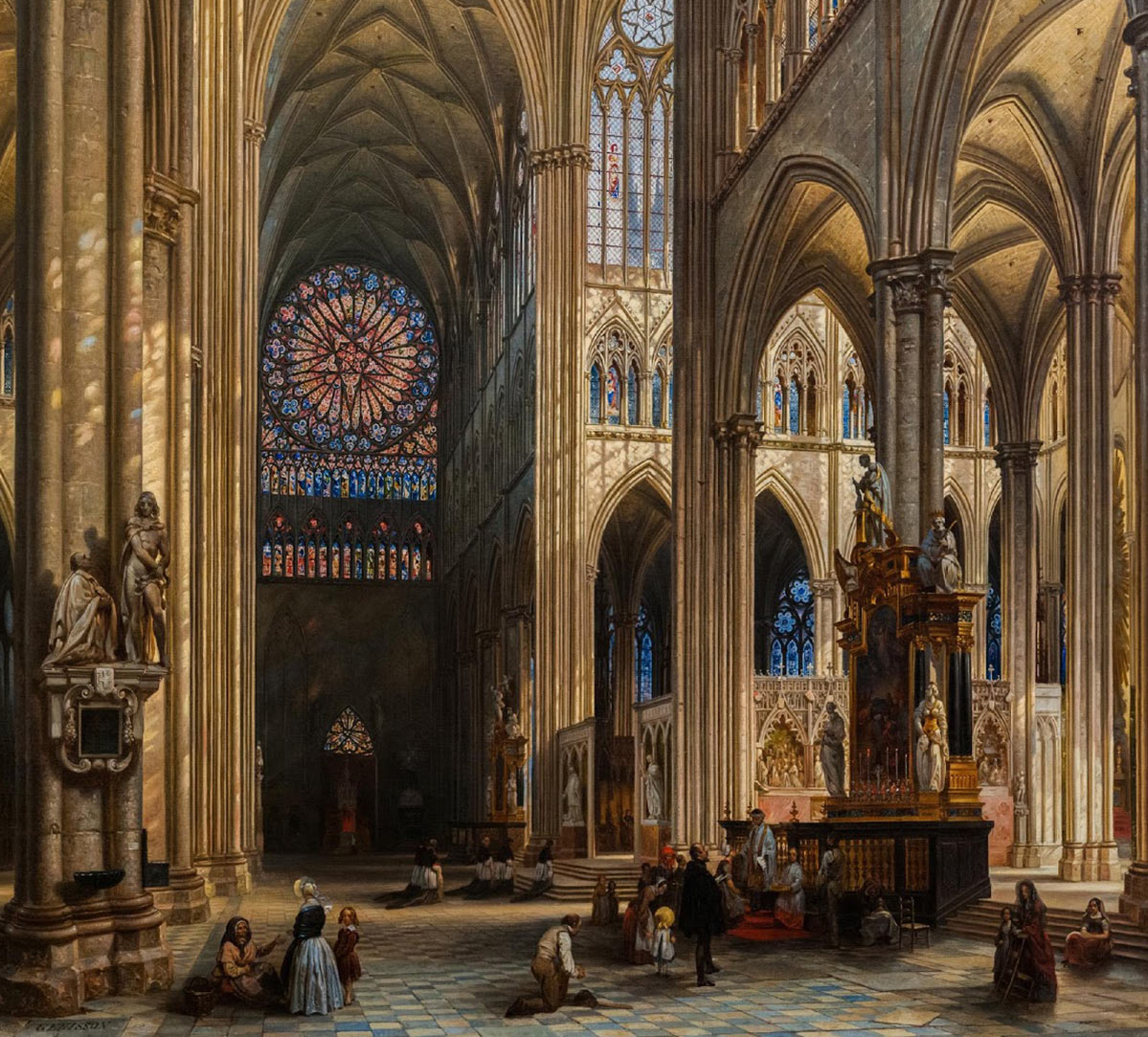
- This course has passed.
Adventures in Space: European Architecture Through Two Millenia
29 September 2021 - 8 December 2021
10.45 – 12.45 Wednesdays
£63.00 – £520.00

Coffee, tea and biscuits are included on arrival and during half-time break
Description
This course will use ten buildings to explore key aspects of European architecture. The buildings have been chosen for their architectural quality and for their capacity to stand in for architectural trends of their own time as well as those which come earlier and later. The lectures will be free-standing, but interlinked issues concerning structure, social history, function and symbolism will be brought to the fore.
"Most informative. Pulled lots of information together, making sense of many fascinating developments and changes through the years"
Course Outline
29 Sept 2021 – The Pantheon, Rome: Apollodorus of Damascus (perhaps)
The most famous and one of the most imitated of buildings, the Pantheon is a marvel and an enigma. It surpasses any other structure surviving from Antiquity, and perhaps always did, aspects of its construction dating, and purpose, however, remain hard to assess.
6 Oct 2021 – Speyer Cathedral
The struggle to regain mastery of space and structure after the collapse of the Roman Empire was coming to an end in the 11th century, when many great buildings, some evidently conceived to rival the great works of Antiquity, arose. Speyer Cathedral, mausoleum of emperors, is the greatest of these Romanesque buildings.
13 Oct 2021 – Amiens Cathedral: Robert de Luzarches, Thomas and Renaud de Cormont
The high point, if not quite the tallest, of the French Gothic churches, Amiens Cathedral summarises nearly a century of experiments in structure in France, and takes that architecture forward to new levels of sophistication and elegance.
27 Oct 2021 – St. Peters, Rome: Bramante and (too many?) others
The most opulent monument of European Christendom was conceived in a period of rapid architectural change. Its long and fraught building history saw the crystallisation of early Renaissance theories of architecture, and during its protracted construction, the stirrings of mannerism and Baroque.
3 Nov 2021 – Blenheim Palace: John Vanbrugh
The Baroque moment in England was short but fruitful. Blenheim Palace is one of its masterpieces, which encapsulated many of the characteristics of this architectural moment: complexity of planning, the integration of painting and sculpture into the building, and overwhelming ambition.
10 Nov 2021 – Saline Royale: Arc-et-Senans, Claude-Nicolas Ledoux
The royal saltworks, begun in the 1770s, are both visionary and eccentric. Ledoux was at once a Neo-Classicist and the developer of his own architecture parlante. He was the architect and writer about architecture who most challenged what architecture could do in the 18th century, whose works have resonances into the 20th century.
17 Nov 2021 – The Palace of Westminster: Sir Charles Barry, A.W.N. Pugin (and Henry Yevele and others)
One of its architects practically disowned it but the Palace of Westminster is a prime moment in the Gothic revival which is around us everywhere in London. This most curious response to the rise of the industrial world was seen as a way forward from the perceived sterility of revived classicism. Landmark, theatre of monarchical ceremony and place of serious debate.
24 Nov 2021 – The Red House, Bexleyheath: Philip Webb
The Red House is as much manifesto as building. The most modest of the structures covered in this course was built as a home for William Morris, and its last occupant was the modernist architect and planner Edward Hollamby. While steeped in medieval traditions, the building, nevertheless, in its stress on functionality and informality of planning looks forward to many of the main currents in architecture in the following 60 years.
1 Dec 2021 – Unite D’Habitation, Marseilles: Le Corbusier
Poetic and imposing, this is Le Corbusier’s greatest experiment in mass housing, the Unité is the culmination of decades of thought about how people might live, and stands as both fulfilment of Modern Movement ideals and a radical break with its reductive tendencies.
8 Dec 2021 – Munich Olympic Park: Günter Behnisch, Otto Frei
While remembered now for the saddest of reasons, the stadium for the 1972 Munich Olympics raises engineering to high art. While it has many precedents, going back to the 19th century, in exposing the means of its existence, the fluid geometries of the stadium also look forward to the architecture of Gehry and Zaha Hadid.